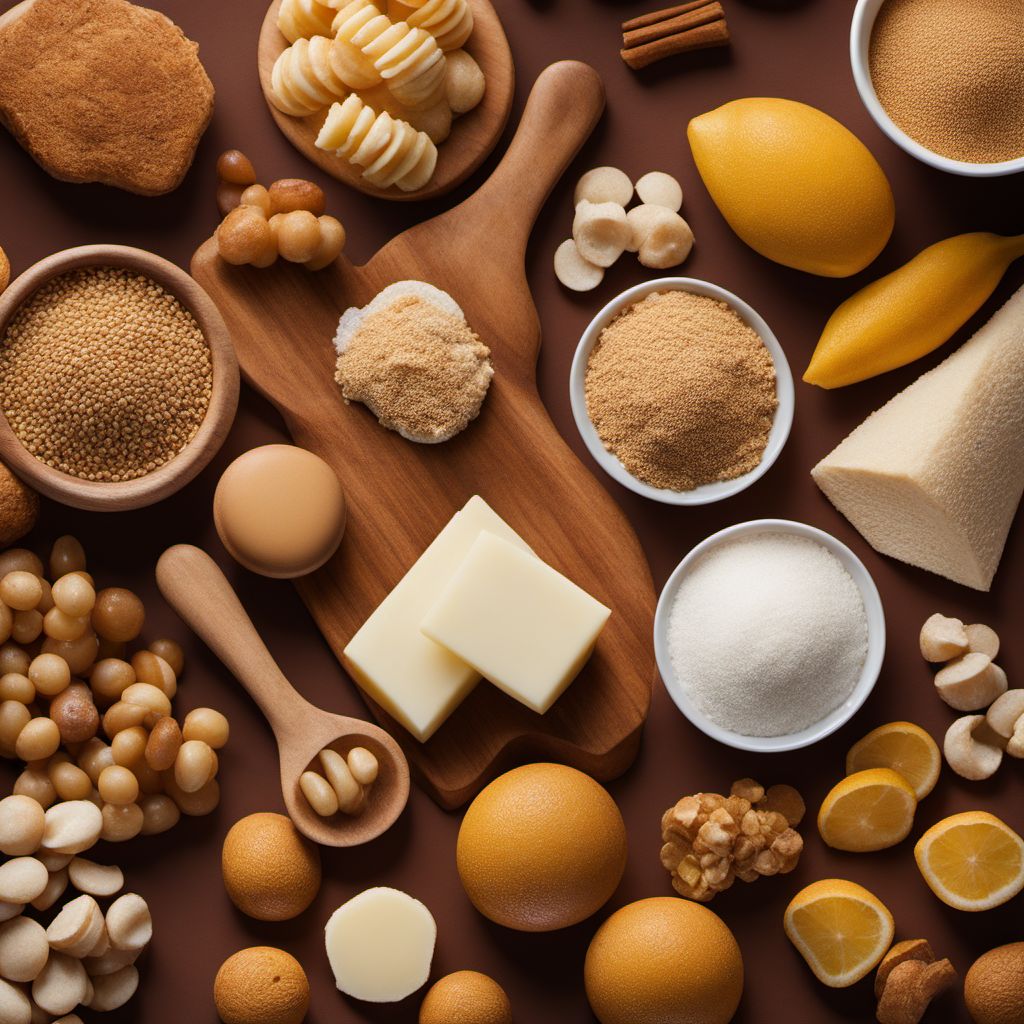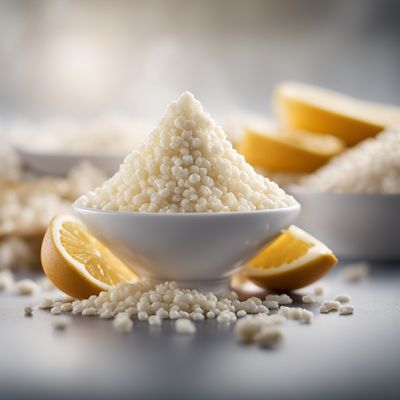
Ingredient
Mono- di-saccharides other than sucrose
The Sweet World of Mono- and Di-Saccharides
Mono- and di-saccharides other than sucrose encompass a range of sugars, including glucose, fructose, and lactose. These sugars are naturally occurring and can be found in fruits, vegetables, dairy products, and honey. They are commonly used as sweeteners in beverages, desserts, and baked goods. Each sugar has its own distinct taste and sweetness level.
Origins and history
The origins of mono- and di-saccharides can be traced back to the natural sugars found in plants and animals. Glucose and fructose are abundant in fruits and vegetables, while lactose is the primary sugar in milk and dairy products. These sugars have been used for centuries to sweeten foods and beverages. Today, they are widely available and used in various culinary applications.
Nutritional information
Mono- and di-saccharides provide a concentrated source of calories and carbohydrates. They are quickly absorbed by the body and can provide a rapid source of energy. However, excessive consumption of these sugars can contribute to weight gain and other health issues. It is important to consume them in moderation as part of a balanced diet.
Allergens
Individuals with specific sugar intolerances or allergies should avoid consuming mono- and di-saccharides that they are sensitive to. Common intolerances include lactose intolerance and fructose malabsorption.
How to select
When selecting mono- and di-saccharides, choose high-quality products from reputable brands. Opt for natural sources of these sugars, such as fresh fruits or honey, whenever possible. Read labels carefully to ensure the absence of additives or artificial sweeteners.
Storage recommendations
Store mono- and di-saccharides in a cool, dry place, away from moisture and direct sunlight. Ensure the packaging is tightly sealed to prevent clumping or moisture absorption. Proper storage will help maintain their quality and prevent spoilage.
How to produce
Producing mono- and di-saccharides at home is not practical, as it requires specialized equipment and processes. It is best to purchase commercially available sugars from trusted sources.
Preparation tips
Mono- and di-saccharides can be used as sweeteners in a wide range of recipes, including beverages, desserts, jams, and sauces. They can be substituted for each other in most recipes, although the sweetness level and flavor profile may vary. Alternative sweeteners like stevia or erythritol can be used as substitutes for those with specific dietary needs or preferences.
Availability
Mono- and di-saccharides are widely available in grocery stores, supermarkets, and specialty food stores. They are cultivated and produced in many countries around the world.



